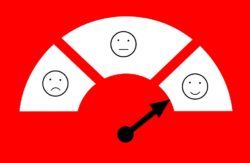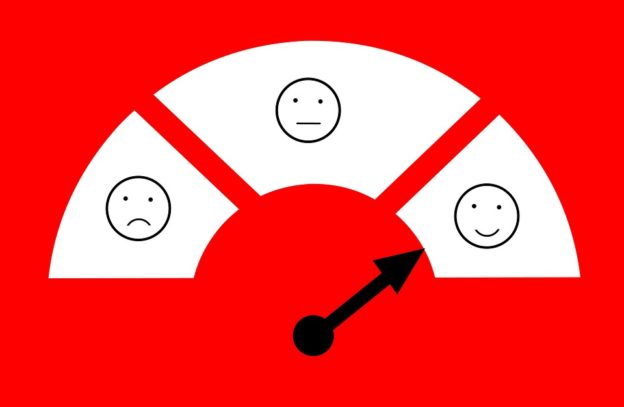At a recent event I had the chance to speak with several HR leaders about their challenges, issues, and problems. Inevitably when I would ask them how they planned to follow up or dig into the issues, they mentioned the same thing: an employee survey.
 But is that the right avenue for gathering information? Are there times when surveys might not be the best way to gather intelligence on what’s happening in the business?
But is that the right avenue for gathering information? Are there times when surveys might not be the best way to gather intelligence on what’s happening in the business?
Limitations of Surveys and Survey Alternatives
When you’re gathering data from people, surveys are one of the most cost-effective methods for getting a lot of responses from a lot of people in a relatively short time. But there are a couple of issues with surveys. The first is response bias. This concept simply means people respond differently to questions than they might otherwise. Answers may be skewed purposefully to make the responder feel better. Alternatively, responses may be skewed if the person perceives the question differently than another individual. For example, how would you respond to this question?
On a scale from one to five, how happy are you at work?
Now some of us might be naturally happier, more optimistic people, and we’re going to mark something in the three to give range regardless. Alternatively, some of us are more negative or pessimistic, so it would take some minor miracle to get that number into the four or five point range. Is that a bad thing? Does it mean we’ve failed? Not necessarily, but it is one of the limitations of surveys we need to be aware of.
One of the topics I discuss in the HR certification prep materials around data gathering is alternative collection methods. Have you considered other ways to get data beyond a survey? For example, maybe you can use a survey for a quick pulse and then do a deep dive with a small handful of cross-functional focus groups? Alternatively, if you need deeper insights into a particular concept, then you must use something beyond a survey, from focus groups to targeted interviews, to help you understand the problem and potential solutions.
It’s important to remember when surveys might be the best option and when they are not.
Structuring Questions
Another common challenge with employee surveys? Structuring questions. As a researcher I structure questions for a living, so I’m fairly comfortable with designing surveys and using the data on the back end, but less experienced individuals will make some common mistakes, such as:
- Asking too many questions. This leads to survey fatigue where people skip to the end with incorrect or blank answers or just drop out of the survey altogether. If it takes more than five minutes to answer your survey, you need to make it very clear about why someone is investing their time heavily in this process–don’t expect them to see and understand the value inherently!
- Asking questions that you don’t plan to use. Every question needs to have a purpose or plan for how you expect to use the resulting data. If you don’t know how you’ll use it, then leave it out. People remember the questions they answered and if you are not using the information they offered up then they will be less likely to respond to your queries next time!
- Asking questions across too many areas but not really getting enough insight into any one section. If you want to analyze your benefits, ask some benefits questions. If you want to understand engagement and satisfaction, ask those types of questions. But don’t try to ask about benefits, engagement, perks, and other types of suggestions within the context of a single survey. It’s better to break them apart and space them out.
I am such a stickler for this, but you have to structure your questions to get actionable data. You might get a sense of engagement levels from your employees, but do you have an idea of how you can actually resolve the issue based on what you’re seeing?
Critical Point: Following Up on Employee Surveys
Most importantly, how do you follow up? One of the issues I often hear from HR leaders is “we don’t ask questions with surveys because we know what we’ll hear.” False. You think you know what you’ll hear. Or you are afraid you can’t solve the problem they bring up, so you avoid asking the question. The issue with that is your people STILL HAVE THE PROBLEM. It’s like having an alarm going off in your ear every day that is driving you crazy but others seem not to hear.
That’s a reality for your employees when you don’t acknowledge the issues they face, and sooner or later they will leave and find an employer that does care. If you want to take it a step further, your BEST employees will be the first to leave because they have the easiest time of finding a new job elsewhere. And acknowledging employee issues doesn’t mean you solve them. Sometimes just agreeing that they exist is enough to take the edge off.
Bottom line: don’t ask if you don’t plan to follow up. Acknowledgment is free, and action isn’t always required.
What are your issues with survey design and how do you use the information you collect to make better decisions?Â
